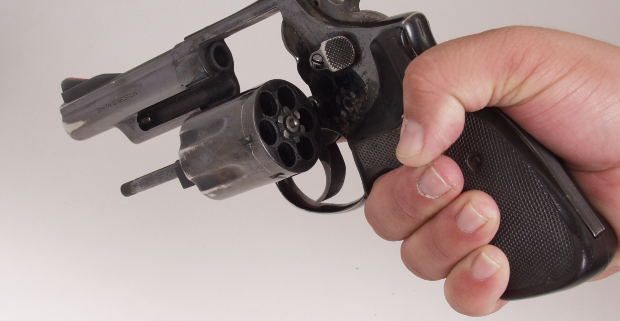Ten Tips For Your Favorite Crime Scene Investigator
Every crime fighter and crime scene investigator works from a checklist, even if it’s an imaginary one they’ve tucked away in the corner of their mind. The wheels are in constant movement—What do I collect first? Should I take a photo of that object? Fingerprint the light switches? Collect the creepy crawling things?
Here’s a quick set of ten must-do tips for the CSI in your life.
1. Clear firearms before packaging. If the firearm is contaminated with blood and/or tissue, then mark the outside of the container with a biohazard label. No surprises for the lab tech.
2. Collect a sampling of all maggot sizes. But the largest ones will be the ones that normally indicate the time of death
3. If the dirt is moving, collect it. There’s a bug in there that could make your case.
4. Record the temperature at the scene. Certain insects grow at certain temperatures.
5. Don’t forget the small stuff! Paint chips, plant seeds, leaves, soil, broken glass, tiny scraps of paper, etc. Either of those items, or a combination, could play a crucial role in identifying a suspect.
6. Photograph, photograph, photograph! And then take a few more pictures. You can never have too many.
7. Take impressions of tire and tool marks. BUT, do take a photograph of the impression before you cast it in case something goes horribly wrong with the casting material.
8. Map the scene. Fortunately, this can now be done electronically. Unfortunately, not all agencies have that luxury, therefore a hand-drawn diagram will have to suffice.
9. Search, search, search, until your feet simply refuse to take another step. Then, you may want to consider crawling. Do not leave any evidence behind!
10. Don’t rush!




